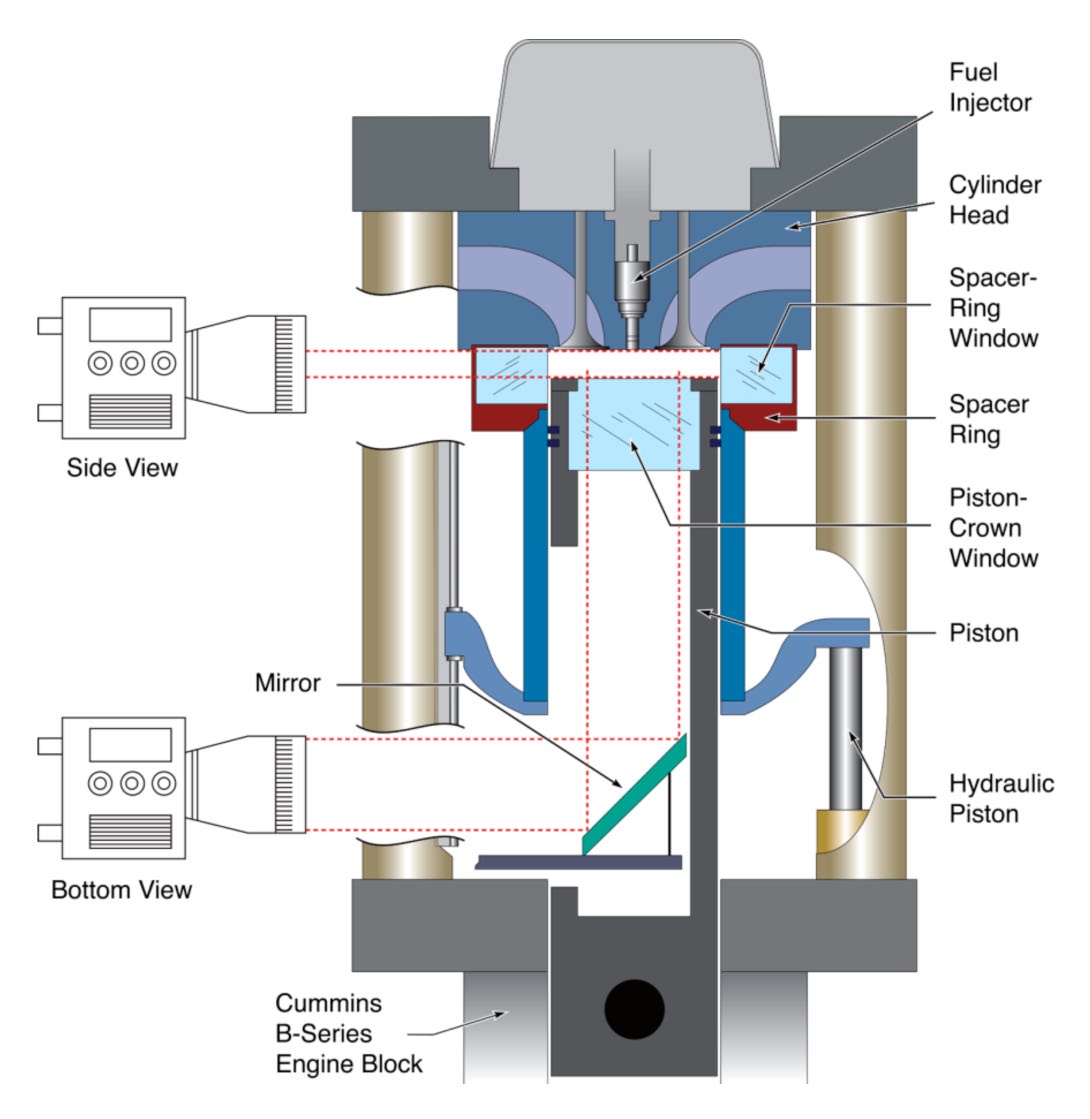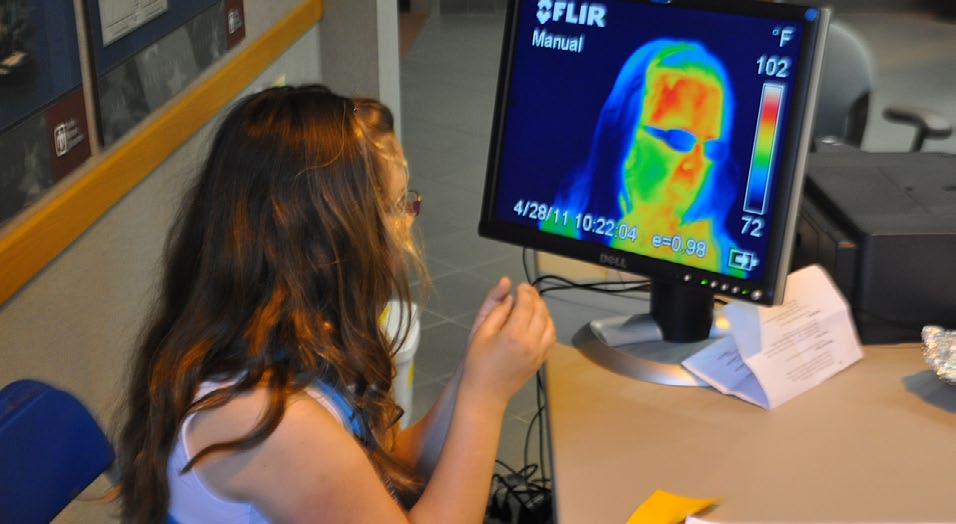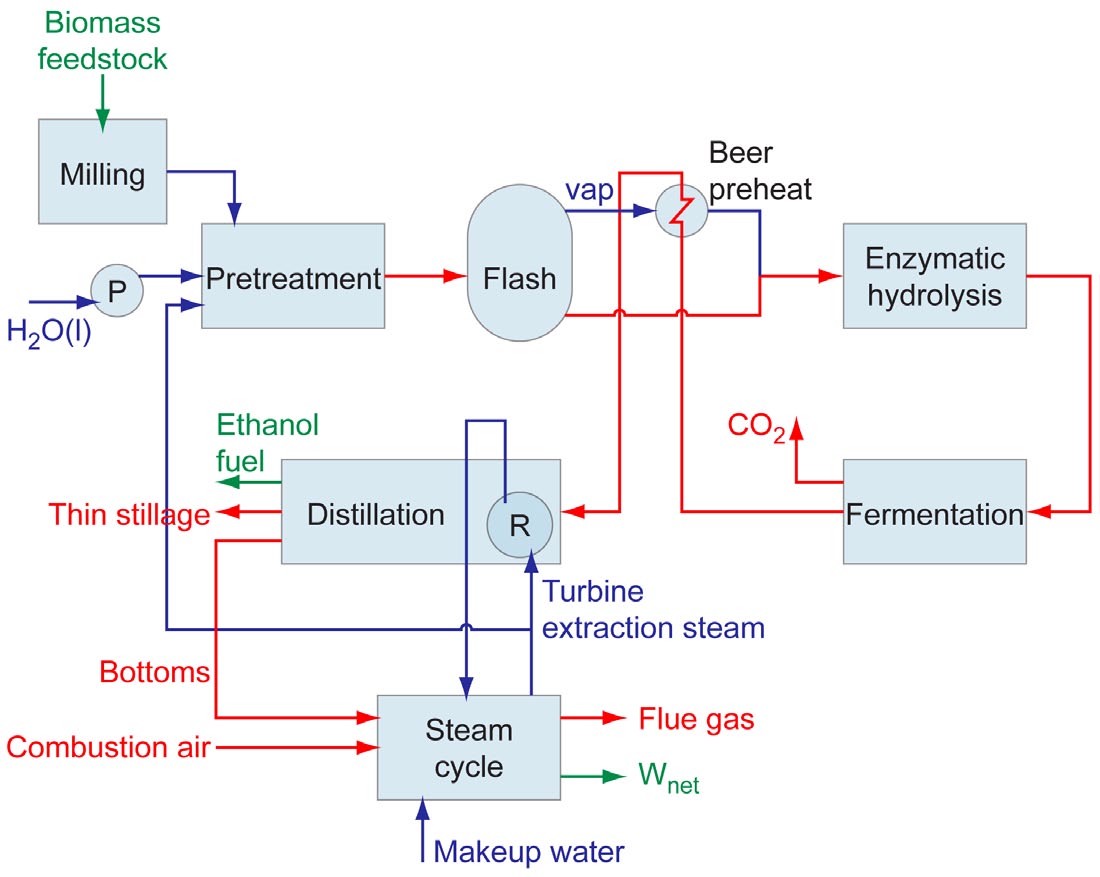Post, May 16, 2011 • Homogeneous charge compression ignition (HCCI) engines can deliver high efficiencies—comparable to a diesel engine or higher—and ultra-low NOx and particulate emissions. They also offer the potential for lower cost than diesel engines and do not require expensive diesel-emissions after treatment for a significantly lower overall package price. HCCI is therefore...




